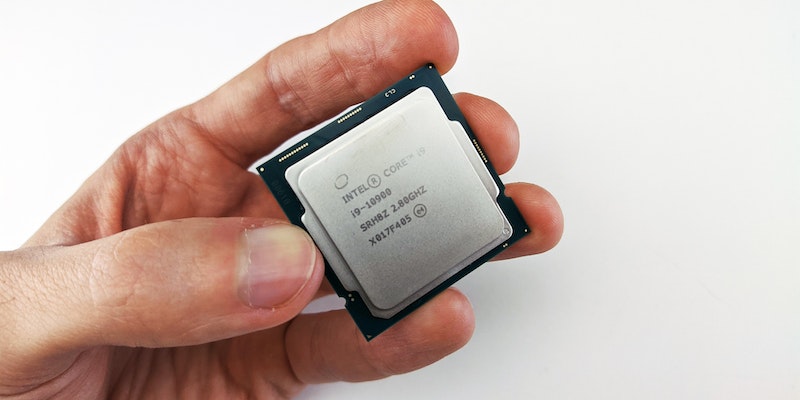Intel, the renowned semiconductor company, is set to release its highly anticipated Meteor Lake CPUs. However, a new report from Japan sheds light on Intel’s production capacity, indicating that while it can meet the demand for laptop CPUs, it falls short for desktop customers. Additionally, there are speculations regarding Intel’s decision to make the Meteor Lake platform mobile-only. This article delves into the details of Intel’s production capacity, the reasons behind the mobile-only decision, die analysis, Meteor Lake’s architecture, manufacturing challenges, and the expected launch timeline.
Intel’s Production Capacity for CPUs: 365,000 CPUs a Month for Laptops, Insufficient for Desktops
According to the report, Intel is capable of producing approximately 365,000 CPUs per month. Although this capacity aligns well with the laptop market, it falls short of meeting the demands of desktop customers. This potential supply constraint raises questions about Intel’s ability to cater to a broader market.
The decision to make the Meteor Lake platform mobile-only has sparked speculation and discussion among industry observers. While the true rationale behind this decision remains unknown, it raises curiosity and prompts speculation about the potential factors that led to the discontinuation of Meteor Lake for desktops. Only time will reveal Intel’s true motivations.
Intel’s Die Analysis and Manufacturing Efficiency
Intel’s failure analysis lab conducted a detailed analysis of an Intel 4 wafer, revealing crucial insights. The die size assessment indicated that approximately 730 dies can be cut from a single wafer. This analysis is instrumental in evaluating manufacturing efficiency and yield potential.
Close-Up Look at Meteor Lake and Its Tiles
Meteor Lake is designed with a unique architecture consisting of four tiles, each built on different nodes. These tiles allow for enhanced performance and customization options. With its modular structure, Intel aims to optimize chip yields and boost overall efficiency.
Dimensions of Meteor Lake’s Base and CPU Tiles
One of the tiles, the base tile, lies beneath the others and measures approximately 23.1 x 11.5mm. This base tile serves as a foundation for the other tiles, enabling seamless integration and efficient chip stacking. The CPU tile, measuring 8.9 x 8.3mm, is comparatively small but offers higher yields compared to monolithic dies like Raptor Lake’s.
Intel’s Current Manufacturing Output and Expansion Plans
Intel is currently producing 40,000 wafers per month in Oregon using its existing processes. However, there are indications that Intel aims to expand its manufacturing beyond this site. Fab 34 in Ireland is already testing Intel 4 chips, showcasing Intel’s efforts to increase production capacity and meet growing demands.
The manufacturing of Meteor Lake CPUs presents significant challenges due to the cutting-edge nature of the process. Intel is implementing extreme ultraviolet lithography (EUV) and its Foveros chip-stacking technology for the first time. Not every Intel fab is equipped to handle this advanced manufacturing process, potentially impacting Intel’s ability to meet demand.
Launch Timeline and Rumors
Despite the lack of an official launch date, rumors suggest that Meteor Lake may be unveiled in October or closer to the holiday season. As Intel navigates various manufacturing challenges, it is diligently working towards bringing Meteor Lake to market and addressing the needs of consumers eagerly anticipating its release.
Intel’s production capacity for Meteor Lake CPUs has raised questions about its ability to meet demand, especially for desktop customers. The decision to make the platform mobile-only has generated speculation about the true motivations behind this move. However, Intel’s die analysis, architecture, and expansion plans indicate the company’s commitment to optimizing manufacturing efficiency and increasing production capacity. As we await Intel’s official announcement, industry observers eagerly anticipate the arrival of Meteor Lake and the advancements it will bring to the world of computing.

